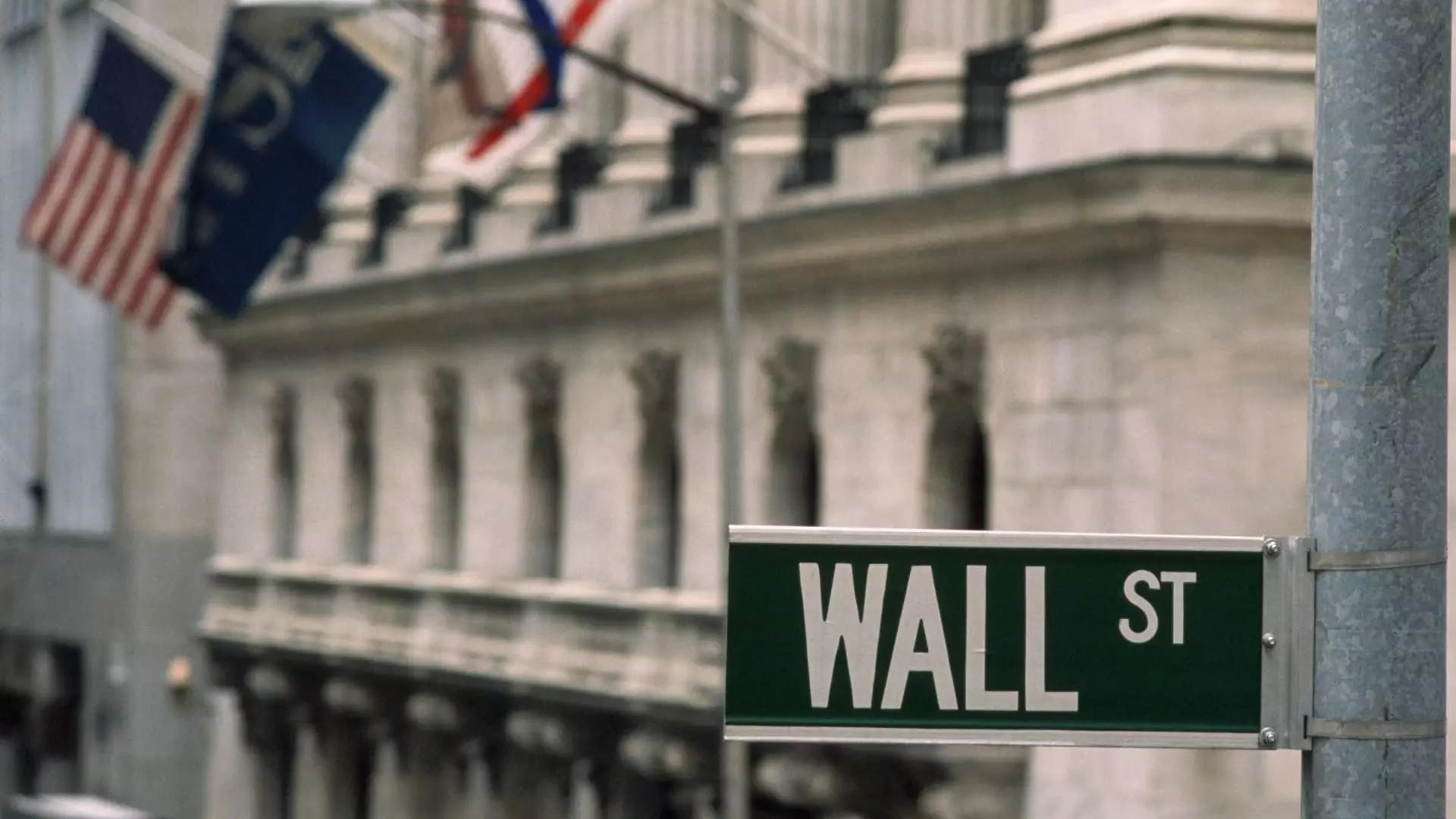As 2025 progresses, we observe an interesting trend in the initial public offering (IPO) market, with more than a dozen companies already testing the waters. The most recent of these came to market on a Thursday, but the enthusiasm among investors has been underwhelming. Despite this muted reception, Nasdaq’s president, Nelson Griggs, remains optimistic, suggesting that the latter half of the year may witness a resurgence in IPO activity. This optimism is rooted in the belief that, after several years of subdued capital raising, the market might be on the edge of a significant transformation.
Griggs likens the IPO landscape to a pendulum, which swings back and forth between private and public investment cycles. He argues that the IPO market experiences periods of drought followed by bursts of activity. The trend of limited capital raised in public markets over the past three years has left a substantial backlog of companies poised to go public. However, this anticipated wave of IPOs is not without its complexities, as evidenced by the struggles of yesterday’s hopefuls, like Panera Brands. The company has encountered several obstacles that have hindered its public launch attempts, illustrating the multifaceted challenges companies face as they navigate toward going public.
In contrast to traditional public offerings, the private market has seen a surge of activity, particularly with new entrants like artificial intelligence firms successfully securing funding. Institutions and innovative private equity approaches have provided ample liquidity to these companies, making the allure of a public listing less pressing for some. Griggs acknowledges this significant change, indicating that many companies are benefitting from innovation within the private sector that allows them to raise capital without stepping into the public eye. As a result, the urgency to transition from private to public is diminishing for some companies that feel well-supported in their current trajectories.
Despite the advantages of private market financing, Griggs notes that a public listing offers distinct benefits, particularly in terms of sustained liquidity. The ability to secure a broader investor base and enhance equity valuation stands in contrast to the limitations often faced in private capital raises. The convergence of public and private market dynamics does not signify a permanent shift; rather, it suggests an evolving landscape where traditional public offerings still hold significant value. Griggs is hopeful that with the right market conditions, the motivation for enterprises to go public will strengthen, potentially unlocking a new era for IPOs in the latter part of the year.
The IPO environment in 2025 presents a mixed picture. While enthusiasm among investors appears tempered for the time being, the persistent optimism from industry leaders like Griggs indicates that a favorable shift could be on the horizon. As companies weigh their options between public and private funding avenues, the convergence of these markets continues to reshape the capital landscape. The key to reviving the IPO market may well hinge on evolving investor sentiment and broader market conditions in the coming months.

